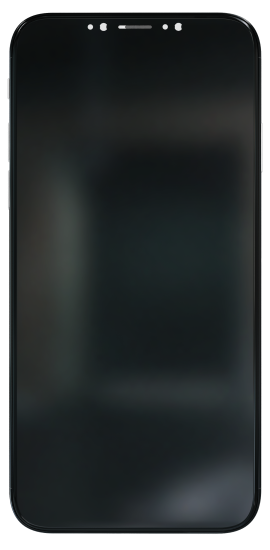The term “metaverse” was first coined in Neal Stephenson’s 1992 novel, Snow Crash, to describe a virtual reality space where people could interact with each other in a shared environment. Today, the metaverse refers to a collective virtual space encompassing all virtual worlds, augmented reality, and other immersive digital experiences.
The metaverse is a network of interconnected virtual environments with which people can explore, socialize, and engage. It is a fully-realized digital universe that spans multiple platforms and devices, allowing people worldwide to interact with each other in real time.
Applications of the Metaverse

The metaverse has endless potential applications across various fields, such as entertainment, education, social networking, commerce, and governance.
Examples of the Metaverse

Entertainment: Imagine attending a virtual concert where the performer and audience are all in different locations but connected in the same virtual space. Or explore a virtual world that immerses you in a story, where you can interact with characters and objects in a real way.
Education: The metaverse can also be a powerful tool for learning. Teachers could use it to create immersive experiences that take students on virtual field trips to explore historic landmarks, famous works of art, or even scientific concepts.
Social Networking: With the metaverse, people can connect and socialize with others worldwide, breaking down geographic and cultural barriers. Virtual spaces can be designed to cater to specific interests and hobbies, allowing people to find like-minded individuals and build communities around shared passions.
Commerce: The metaverse can also provide new opportunities for businesses to interact with customers innovatively. For example, companies could create virtual storefronts where people can browse and purchase products in a more immersive way than traditional online shopping.
Governance: As the metaverse grows, it will likely require some form of governance. This could include creating rules and regulations to ensure virtual spaces’ safety, privacy, and security.
Metaverse Is Evolving

As the metaverse evolves, we must explore its potential applications and address the challenges that arise. This requires collaboration between stakeholders, including developers, policymakers, and users, to ensure the metaverse is developed responsibly and ethically.
One way to address concerns about the metaverse’s impact on social connection is to design virtual spaces to encourage real-world interaction. For example, virtual spaces could be designed to facilitate meetups and events that bring people together in the physical world. This could help create a sense of community and connection beyond the virtual world.
Another challenge is ensuring that the metaverse is accessible to everyone. This means designing virtual spaces that are inclusive of people with disabilities and ensuring that there are no barriers to entry for marginalized communities. This will require collaboration between developers, disability advocates, and community organizations to ensure that the metaverse is designed with accessibility in mind.
Metaverse Is Growing

Finally, governance will be a critical issue as the metaverse grows. This will require collaboration between policymakers, developers, and users to create rules and regulations that ensure virtual spaces’ safety, privacy, and security. Governance structures must be designed to be transparent, accountable, and inclusive of all stakeholders.
Another challenge with the metaverse is ensuring it doesn’t perpetuate existing inequalities and power imbalances in the real world. There is a risk that the same structures of oppression and discrimination that exist in the physical world could be replicated in virtual spaces. This could include online harassment, hate speech, and discrimination based on race, gender, or sexual orientation.
To prevent these issues from arising, the metaverse must be designed to be conscious of social justice and equity. This means ensuring that virtual spaces are inclusive and welcoming of people from diverse backgrounds and that users are held accountable for their behavior in virtual spaces. It also means actively addressing bias and discrimination issues in algorithms and other systems that underpin the metaverse.
Environmental Impact Of The Metaverse

Another important issue to consider is the environmental impact of the metaverse. As the use of technology continues to grow, we must consider the energy consumption and carbon footprint of digital systems. The metaverse will require significant amounts of computing power to function, which could significantly impact the environment. To address this, developers must find ways to make the metaverse more energy-efficient and sustainable.
Finally, there is the issue of ownership and control in the metaverse. As the metaverse grows, it could become dominated by a few powerful corporations or individuals. This could limit innovation and creativity and perpetuate existing power imbalances. To prevent this from happening, the metaverse must be designed in a way that is decentralized and democratic, giving everyone a voice and a stake in its development.
Conclusion
The metaverse represents an exciting vision for the future of technology. It can transform how we interact with each other and the world around us, creating new opportunities for entertainment, education, social networking, commerce, and governance. However, it is essential to approach the development of the metaverse with caution and ensure that it is designed in a way that benefits everyone.








